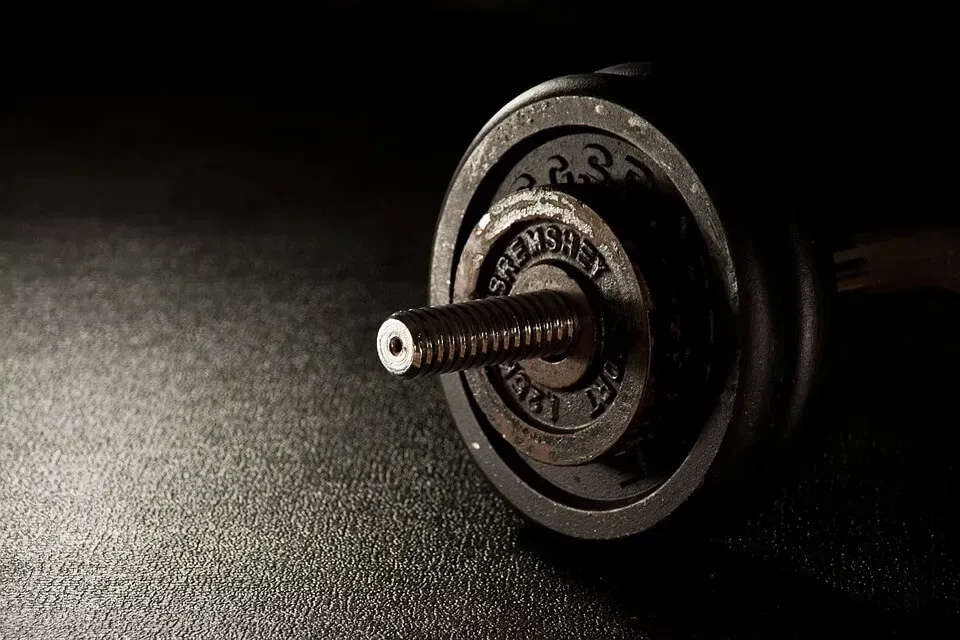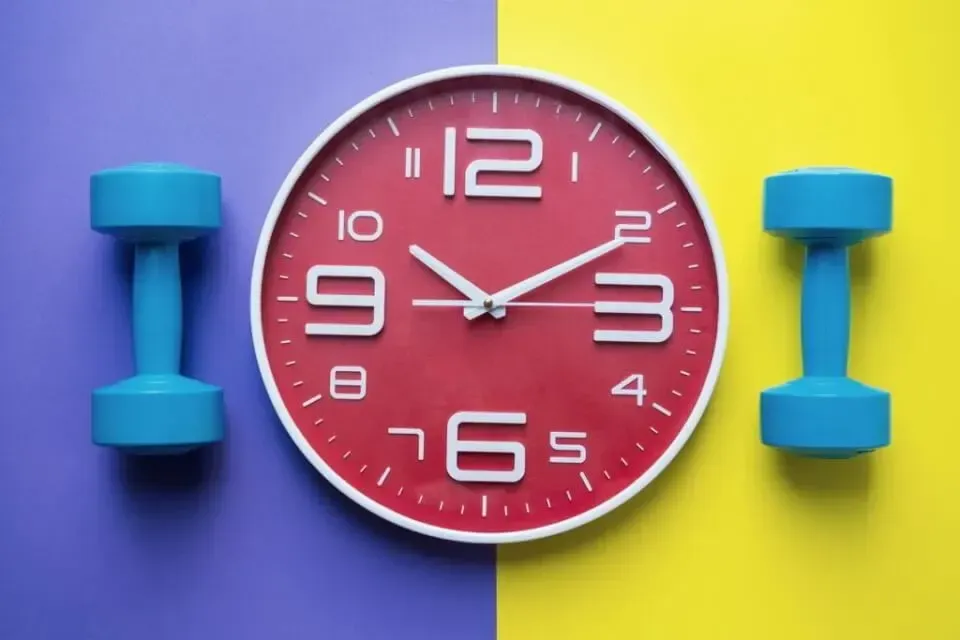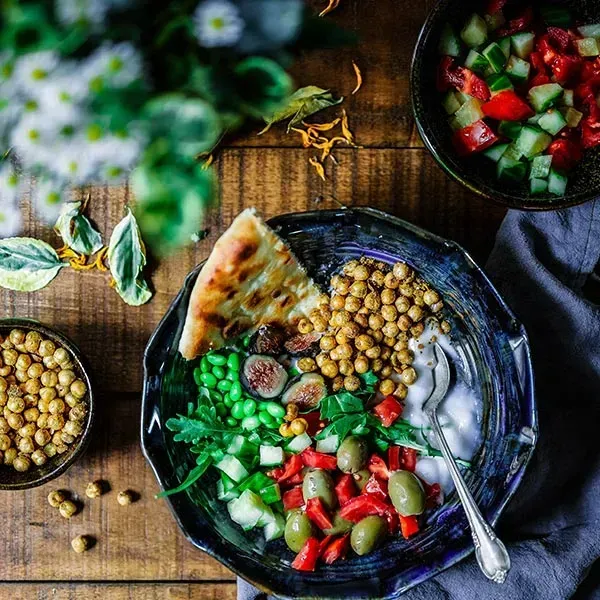Author name
MYZONE BELT – HOW TO USE IT AND TAKE CARE OF IT
About half of our ANT’ers are already using a MyZone heart rate belt during their workouts. How great are they?!
They’re motivating and help you push harder in your workouts. If you’re curious about how MyZone works, or need a refresher on using yours, read on!
WHY USE A MYZONE BELT?
A MyZone belt gives you real-time feedback on your workout – not only motivating you during but giving you a sense of accomplishment afterwards. It also provides more connection with your fellow ANTers on the MyZone app – scroll through everyone’s workouts, and like and comment to provide encouragement(and receive encouragement too!). You can use your MyZone for various tracking purposes too – like balancing your weekly training load between high intensity and lower intensity workouts, or tracking energy output so you can balance it with your food intake.
HOW TO WEAR IT?
Your MyZone consists of a small black device and a red strap. You wear the strap around your chest (or with the MyZone Switch you can put it around your wrist) and then attach the device (make sure it’s not upside down!). The strap must have contact with your skin, and make sure the strap is tight against you so it doesn’t slip during exercise.
For women, a good guide is to pop the strap under the bottom of your sports bra. The device should beep once when it connects, and three times when it disconnects. Take the device off the strap after each use (leaving it connected can drain the battery).
HOW DO I CLEAN IT?
Simply pop your belt into a sink filled with lightly soaped lukewarm water for 20 minutes, then rinse and let it drip-dry. The device itself cannot be submerged in water but can be wiped down with a damp cloth.
WHERE DO I GET ONE?
Talk to your coach to arrange a MyZone belt!
IT’S NOT CONNECTING – WHAT CAN I TRY?
There’s a few things you can try if your MyZone isn’t turning on or isn’t connecting to your app:
- try putting a little dab of water on the electrodes underneath the strap (they’re smooth and black)
- try charging your device
- uninstall and reinstall the MyZone app on your phone
- contact the MyZone support team via the app

Feeling thrown off by all these long weekends and school holidays and social events? Never fear, we have some tricks to motivate you to get back into the gym! You want to keep to your training schedule. You have the best intentions at the start of every week – but somehow that long term consistency is eluding you. How do we kick start our motivation, and when it starts to fade, hold onto it? Here’s some proven tips and tricks for you to try… Reward yourself If you want to step up your motivation to train consistently, consider dangling a very big carrot in front of yourself – a beautiful handbag, a fancy dinner out, a spa treatment, a nice watch… pick something you’ve wanted for a while. Then set a training schedule (2-4 sessions a week) and at the end of each week if you’ve completed the sessions, put aside some cash for your reward. You can scale this kind of reward up or down – try putting 1 or 2 dollars in a jar after each session and using it to buy yourself lunch after a few weeks, or go all out and book a holiday and use that date as motivation for achieving your fitness goals. Join forces with a friend You’ve heard it time and time again – because it’s true! If you team up with a partner, friend or colleague to hit the gym, you are much more likely to stick to it. You can keep each other accountable, remind each other of why you’re there, and complain about your sore muscles together over a coffee. To make this even more effective, check in with your workout buddy at least once a week to see how they’re doing – lift them up when they’re not feeling it and they’ll do that for you too. Commit to a challenge Committing to a set period of training with specific goals to achieve can help kick start your efforts and get you in the routine of working out regularly. This is a great idea for those who want to keep themselves on track but don’t necessarily have a set idea of exactly what they’d like to focus on with their fitness. Chat to one of our Big 5 coaches aboutour upcoming challenges if you’re keen to get motivated! Working through set tasks as part of a group gives you a sense of community and connection, and establishes an instant support network for any positive changes you’d like to make going forward. Plus, competing against others or as part of a team can make exercise feel more like a game or a social activity rather than something you “have to do”. Remember, to stick to training for the long term, you need to enjoy it! The more you enjoy something, the less it’s going to feel like a chore.

MORNING VS EVENING SESSIONS – WE PUT THEM TO THE TEST It’s an age-old debate… should we exercise in the morning or evening? And does it really make a difference to your results? Research has shown some small differences between morning and evening exercise in terms of performance and the effect exercise has on the body – but are these big enough that we need to overhaul our workout routines? Read on to find out… Benefits of the morning sweat session Whether you bound out of bed excited for your morning workout, or you hit the snooze button several times before dragging yourself to the gym, the affect is the same – you’ve already done your workout before most people are even awake! If you’re currently a morning exerciser, you may be familiar with the huge range of reasons why a morning workout is the best. These include: Better energy and productivity throughout the day Feeling better while training (because you have an empty stomach) It can be easier to stick to consistently long term (which is key to results!) Frees up your evenings for other things Plus research shows morning exercise has a positive effect on metabolism and can aid with weight control. And benefits of the evening workout In the other corner, we have our evening exercisers – those who have soldiered through their days juggling all their responsibilities, and still squeeze in time for their workout. Those of you who are regulars at our evening sessions know how hard it can be to show up sometimes after a long day, but it’s always worth it for how good you feel afterwards. Some other great things about evening exercise include: It helps you walk away from and wind down from work Can help you sleep better Your body is fuelled from eating during the day and ready to perform No early morning alarms! Plus research shows some improved performance in the evening – ideal for weightlifting and intense cardio The verdict Don’t get too caught up in whether morning or evening exercise is “better” – the workout you are actually going to do is far superior to one you intended to do! Work with your natural energy highs and lows to determine which might suit you better – those with higher energy levels in the morning would obviously do better in the morning training sessions, whereas night owls may find the evening sessions better suited. Just get it done!

WHY EACH MACRO DESERVES A PLACE ON YOUR PLATE We’ve all demonised one or two macros at some point, convinced it’s the thing holding us back from our goals(hello, low carb diet). But what if we told you that all three were essential? Forget cutting out whole macro groups – it’s about finding the right ratio of the three macros to help you feel good! Read on to find out the important role each macro plays. PROTEIN – THE MUSCLE BUILDER Protein has long been praised for its role in repairing and building muscle. This isn’t just for gym bros – your body needs protein to repair every kind of tissue in the body! Your protein intake needs will be unique depending on gender, age and activity levels (among other things) – aim to include a serving of high protein foods with every meal and snack. Examples include all meats and seafoods, eggs, Greek yoghurt, tofu, tempeh and legumes CARBS – THE ENERGY PROVIDER Carbs are your body’s preferred source of fuel (this is why you get brain fog when you drop your carbs too low!) Carbs are also essential to restoring your depleted muscles after a workout, so don’t forget to add carbs to your post-workout meal. Focus on wholegrain, high fibre and low GI carbs for slow releasing energy. Watch your portion sizes if trying to shift weight – 1 cupped handful is a good reference point to start with! Examples of high carb foods are brown rice, white and sweet potato, wholegrain bread and quinoa. FATS – THE NUTRIENT ABSORBER Fats were demonised for years as the cause of weight gain, but have redeemed themselves as a health hero – they play a big role in hormone health (particularly for women) and in nutrient absorption. Vitamins A, D, E and K can only be properly absorbed by the body when consumed with a source of fat! Again, watch your portion sizes if trying to shift weight as fats have a lot of calories. 1-2 tablespoons per meal is a good reference point if you’re not sure of portion sizes. Examples of dietary fats include cooking oils, nuts, seeds, avocado, cheese and other dairy items like whole milk and yoghurt.
